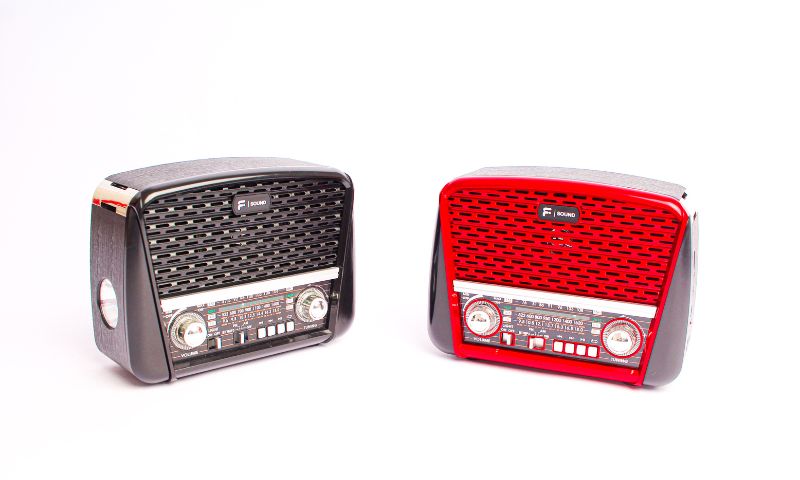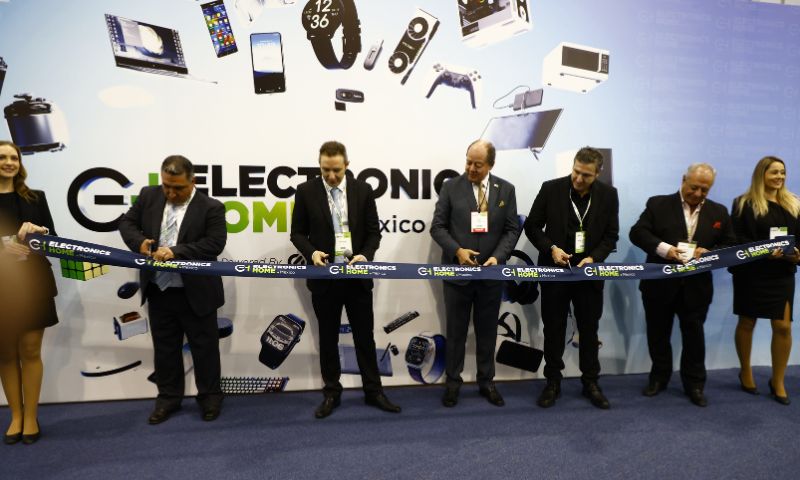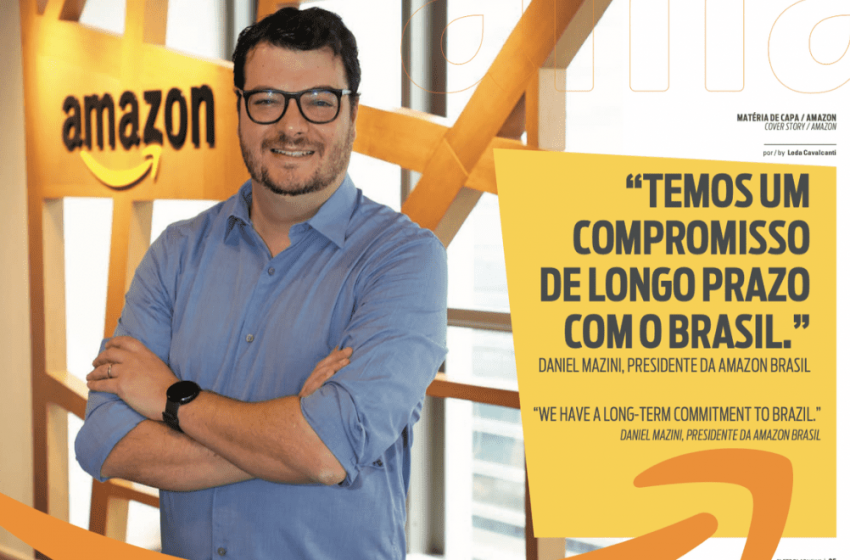
"We have a long-term commitment to Brazil."
By Leda Cavalcanti
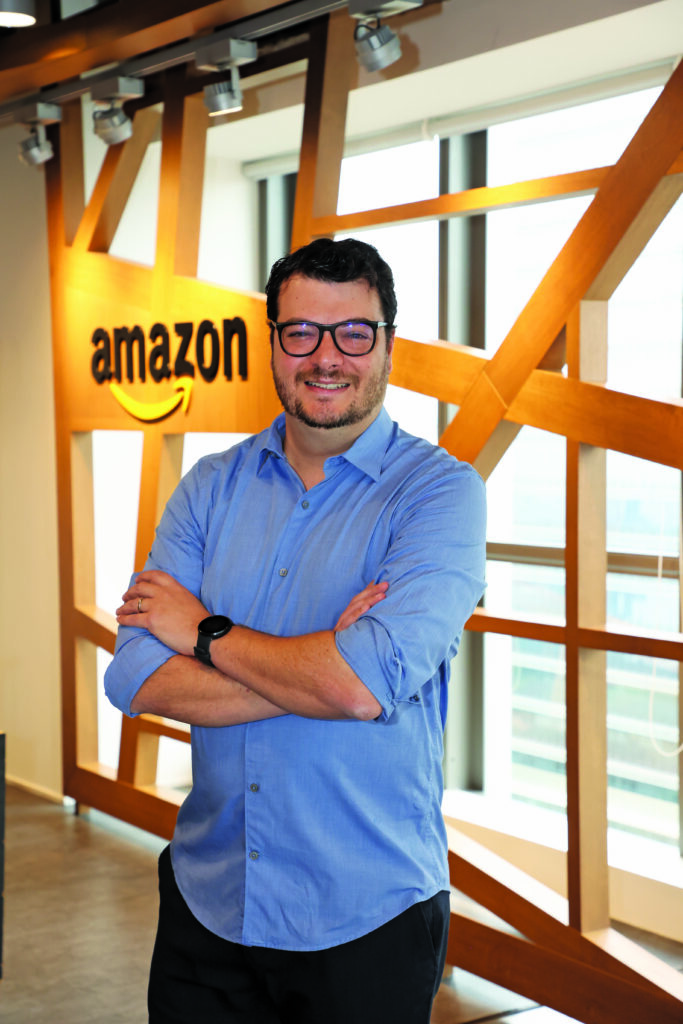
One of the three most valuable brands in the world, according to a Kantar BrandZ survey released last June 15, Amazon, created in 1995, offers a range of products in the most diverse categories, with delivery options that meet consumers’ needs. In 1999, it launched the marketplace concept, something revolutionary at the time. Today, partner sellers, mostly small and medium-sized businesses, account for more than 50% of the units sold.
The company, which is present in 21 countries and is a global success, arrived in Brazil in 2012 and took the big leap for expansion in 2019, with the opening of its first own distribution center, in Cajamar (SP). The reasons for the success begin with the obsession with the customer, says Daniel Mazini, president of Amazon Brazil, in this exclusive interview with Eletrolar News. “We are the most consumer-centric company in the world. Our goal is to provide the best shopping experience.”
“Brazil is important not only in Latin America, but worldwide, for the large consumer market, the size of retail, and a young and connected population.”
How do you define Amazon, which started in the garage of engineer Jeff Bezos’ house, in the United States?
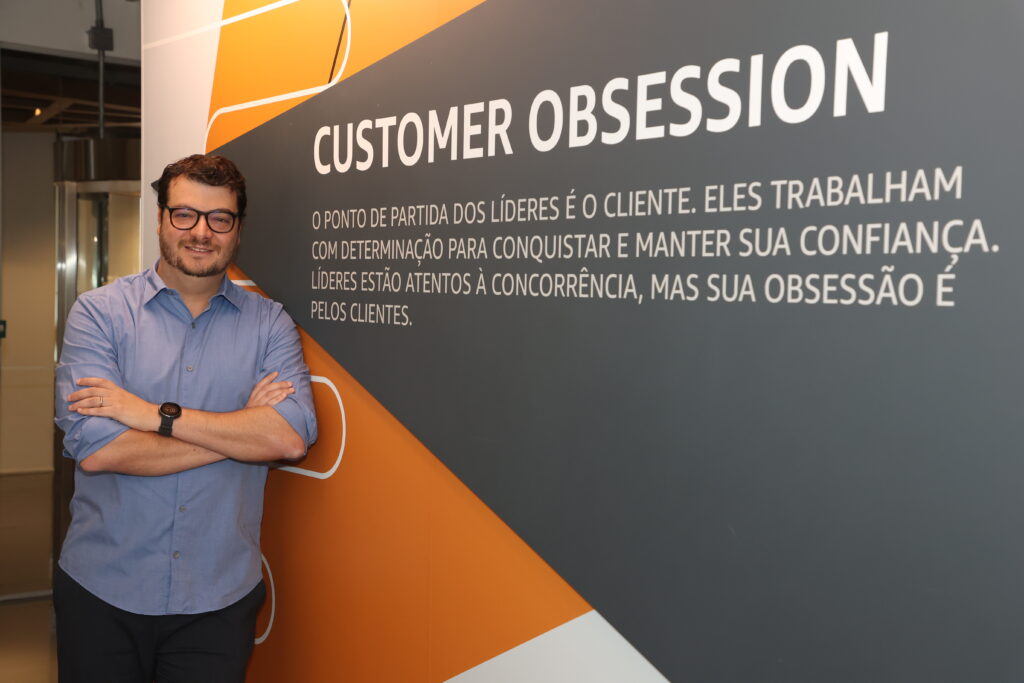
Daniel Mazini – In 1995, Jeff Bezos founded Amazon as an online bookstore. Since then, we have created a culture defined by customer obsession, innovation, and long-term thinking. Our teams around the world focus on our customers every day so that we can meet their needs by offering a wide selection of products at great prices and convenient services. Today, Amazon has a presence in 21 countries and ships products to more than 200 countries and territories around the world. What started as retail has expanded into marketplace and has become Prime, logistics programs for partner sellers, entertainment with e-books, movies, series, music, streaming, advertising, physical stores, etc.
In Brazil, Amazon arrived in 2012 with books, offering Kindle devices and e-books. We started selling physical books in 2014 and, in 2017, we launched the marketplace, allowing partner sellers to offer their products from other categories on our site. In 2019, we made the big expansion with our first owned distribution center in Cajamar (SP), along with the expansion of new categories and the launch of the Prime Benefits Program. Since then, we have added 10 more distribution centers spread across all regions of Brazil, totaling 12 today.
What led you to create Amazon when the internet did not have its current dimension?
DM – Jeff’s intention was to focus on the customer: with the growth of the internet and the emergence of e-commerce, the goal was to surprise customers with the largest online catalog of products on the planet, a quantity that could not be offered through physical stores. After analyzing several categories, he started Amazon with the book category, products with universal demand and a quantity of titles impossible to be offered by a retailer with physical stores. In the beginning, Amazon worked on the made-to-order model, buying from publishers the books that customers bought from Amazon. Over time and using sales data, it built up its own inventory and expanded its categories into similar areas such as music CDs, movies, software, and computers.
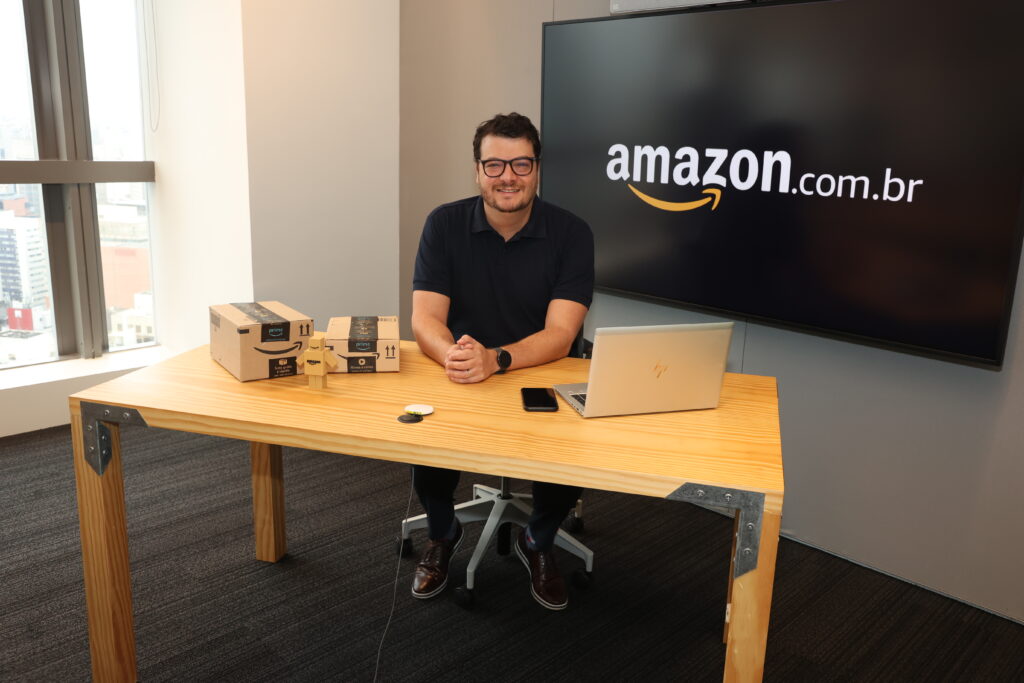
In 1999, Amazon launched the marketplace concept: multiple sellers of the same product could offer it within the same site, something revolutionary at the time, which today offers a wide selection of items sold directly by small and medium-sized companies. They count on our support, marketing, technological solutions, training, and logistics programs to scale and find the customer where he is. Worldwide, today, more than 50% of the units sold are from sales partners. And, to boost the success of entrepreneurs, we continually invest in technology, logistics solutions, and free training.
In Brazil, logistics programs like FBA – Amazon Logistics, DBA – Delivery by Amazon and International Sales are great examples of how Amazon invests massively in the success of small and medium-sized businesses of partner sellers. Selling on Amazon is easy for everyone, and it does not matter if they sell a lot or just a few products. Currently, our vendor partners have training and acceleration programs with Sebrae and the Mulher Empreendedora Network in order to educate and show them how to best undertake business through Amazon.com.br.
What has driven Amazon to be one of the largest online retail sites in the world?
DM – The biggest reasons for our success start with our obsession with the customer. We are the most customer-centric company in the world. Teams around the world innovate on behalf of our customers every day to meet their needs by offering a wide selection of products, good prices, and convenient services.
Our goal is to provide the best shopping experience by working with thousands of business partners to deliver great value products with a simple, easy and enjoyable shopping experience. Our culture is also a strong point in the constant quest to deliver the best experience in all our areas of business: Amazon is guided by Leadership Principles, which are used daily to discuss ideas, make decisions, and solve problems. We think long-term and make decisions that will benefit the customer. Another characteristic is our operational excellence.
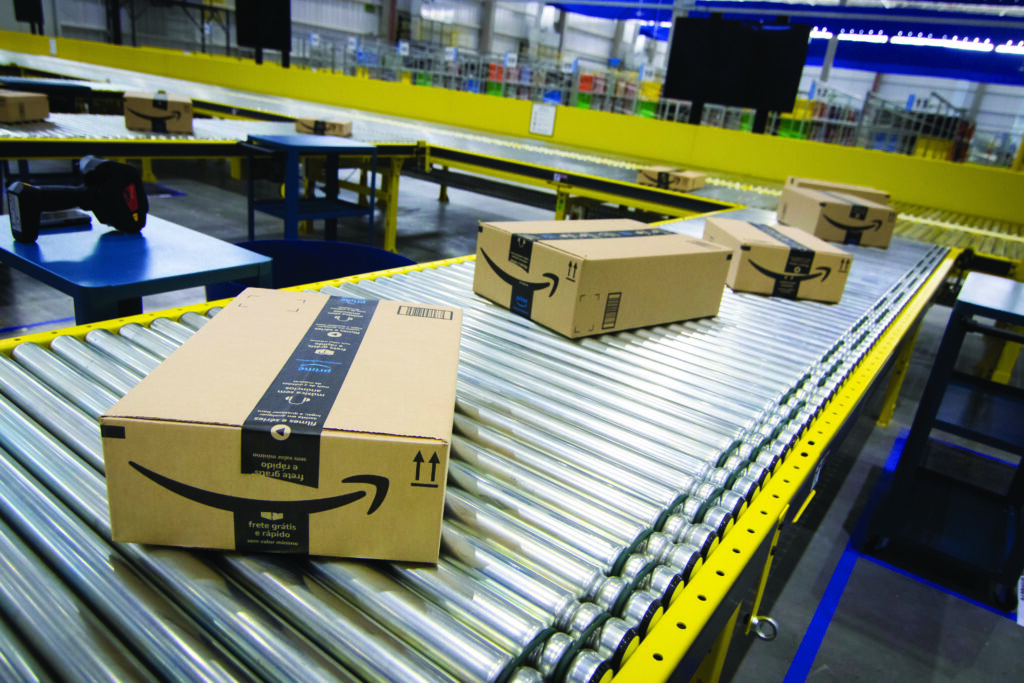
Is the marketplace a good business?
DM – We have more than 1.9 million small and medium sized businesses selling on Amazon worldwide, resulting in more than half of the units sold on Amazon (56%) being made by partner sellers. Consumers increasingly want products that fit their needs, available more quickly, and with quality. It is very difficult for us to serve all these customers and offer what they are looking for by acting as a retailer only. We would need unlimited space in our warehouses and teams ready to find suppliers for all these products. This is where the marketplace comes in, where we have companies of all sizes selling products on Amazon, competing for the best offer and often located closer to the consumer.
We have been working very closely with entrepreneurs, promoting training and creating mechanisms to bring more visibility to these businesses, such as, for example, the “Apoie Pequenos Negócios” store (amazon.com.br/apoiepequenosngocios), where it is possible to find products, offers, and inspiring stories of those who reinvented themselves through Amazon. In the last edition of Prime Day, this year, the store destined 15% of its purchases to CUFA (Central Única das Favelas). In 2020, Amazon invested $18 billion in logistics, tools, services, programs and people to help partner sellers. On the last Prime Day, the largest in its history, more than 100 million items were sold from partner sellers – and they grossed $3 billion worldwide, exceeding Amazon’s own retail sales volume.
“In 2020, Amazon invested $18 billion in logistics, tools, services, programs and people to help partner sellers. Our actions demonstrate Amazon’s continued investment in Brazil.”
How many employees does the company have?
DM – More than 1.6 million employees. In Brazil we have more than 10,000 direct and indirect employees, besides hundreds of open positions. We are committed to the development of the country and the communities where we operate, benefiting thousands of families by generating job opportunities. We offer competitive salaries and benefits to our employees, always with the intention of prioritizing an environment that promotes diversity and inclusion.
How big is the amount of users?
DM – Worldwide there are hundreds of millions of active customer accounts, that is, accounts of customers who have placed at least one order during the last 12 months. We also have over 200 million Prime members around the world.
How many products and services does Amazon offer?
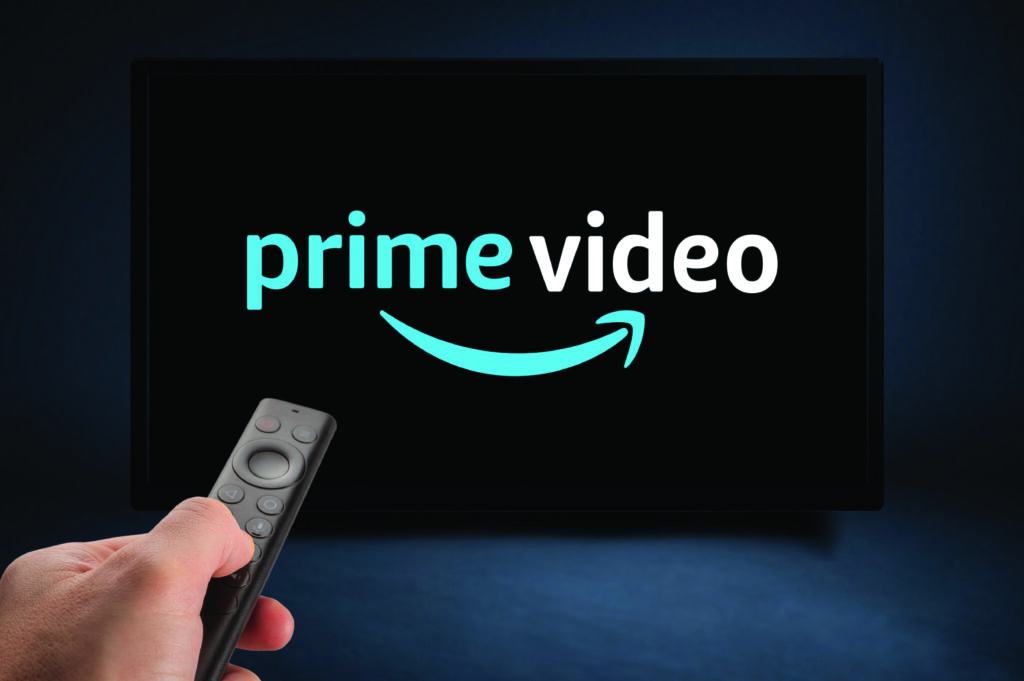
DM – In Brazil today we offer over 50 million products in more than 30 different categories, such as personal care, cooking, food, beverages, electronics, etc. We continually invest in the country and reinforce our commitment to provide customers with the most innovative services, just like we do all over the world. A great example is Amazon Prime, which includes unlimited free and fast shipping to all cities in Brazil on millions of eligible products, with no minimum purchase amount, and access to exclusive offers at Amazon.com.br. It also offers award-winning movies and series on Prime Video, unlimited access to hundreds of e-books and magazines with Prime Reading, over 2 million songs and podcasts on Amazon Music for Prime members, and free games with Prime Gaming.
Here in Brazil, we also have Amazon Super, a discount program for grocery items and everyday items. Customers can choose products from different categories, and as soon as they add 10 or more of the same or different units in their shopping carts, they receive a 10% discount at checkout. For Prime members, the discount ends up being 15% – with free shipping, and no minimum purchase amount.
In 2020 we launched the Program and Save program in Brazil. It is a global Amazon program that offers convenience and savings in the replacement of essential routine products, with recurring deliveries. In this program, the customer has the autonomy to choose the quantity they want to receive of their product and the frequency, with delivery intervals of two weeks up to six months, and Amazon.com.br makes the deliveries automatically. It offers a 10% discount and free shipping on all recurrences. The program can be cancelled at any time.

What motivated Amazon to come to Brazil?
DM – Brazil is important not only in Latin America, but worldwide because of the large consumer market, the size of the retail market, and the young and connected population. Our long-term relationship with the region continues to bring our focus of innovation to several business areas such as Amazon Retail, Amazon Web Services, Amazon Prime Video and Amazon Music for Prime members across Latin America. Consumers and businesses of all sizes and sectors can enjoy our services in their local language, from operations that are often based in their country and always respectful of their local needs.
What obstacles did the company face when it came to the country?
DM – We know that consumers are naturally demanding and we think this is great, because when we talk about shopping experience, we are necessarily talking about understanding and serving people as they wish. At the initial moment of our entry with books, we learned a lot about how to deliver throughout the country, how to meet the demands of local customers with payment methods unique to Brazil, such as payment slip, credit card installments, and now Pix. We have set up a local technology team, composed of Brazilians, who work to continue launching innovations in Brazil and to take some of them to other countries where Amazon has a presence.
We are obsessed with the things that we believe customers will always care about – low prices, wide product selection, and fast delivery. And we work to always provide all three. We are committed to innovation and delivering operational excellence. We work to understand customers and walk the reverse path from their problem points to quickly develop innovations that create meaningful solutions for their lives. Amazon has a long-term commitment to Brazil.

How is the flow of sales of electronics?
DM – We don’t disclose figures referring to local operations. However, I can say that the expansion we are experiencing demonstrates Amazon’s continuous investment in Brazil and our commitment to make available to Brazilians the most innovative services we offer worldwide, among more than 30 categories, for example. Appliances and electronics are also prominent categories in our store and we have thousands of national and imported brands selling on our site through retail and marketplace.
Another example of how successful Brazil is for Amazon is Prime Day, which in its third edition in the country is already a consolidated date in Brazilian retail. In the last edition, in July 2022, it registered sales 2.1 times higher than the previous event. Amazon Prime members bought more items during Prime Day 2022 than in any other edition. There were more than 300 million items worldwide, making this year’s event the largest in Amazon’s history. Among the Prime Day sales highlights in Brazil were the Amazon device categories, electronics, smart home, being Echo Dot 3rd Generation, Echo Dot 4th Generation, Kindle 10th Generation, Fire TV Stick Streaming in Full HD with Alexa, Apple iPhone 13, Lenovo IdeaPad notebook and JBL headphones.

Does the company cover the whole Brazilian territory?
DM – We serve 100% of the cities in Brazil. We work with 12 distribution centers in the country, from Rio Grande do Sul to Ceará, and at least 11 of them were launched in the last three years. There are five DCs in Cajamar (SP), one in Betim (MG), one in Santa Maria (DF), one in Nova Santa Rita (RS), two in Cabo de Santo Agostinho (PE), one in São João de Meriti (RJ), and one in Fortaleza (CE). In addition, we have five delivery stations in metropolitan regions, which aim to increase the company’s logistics capillarity.
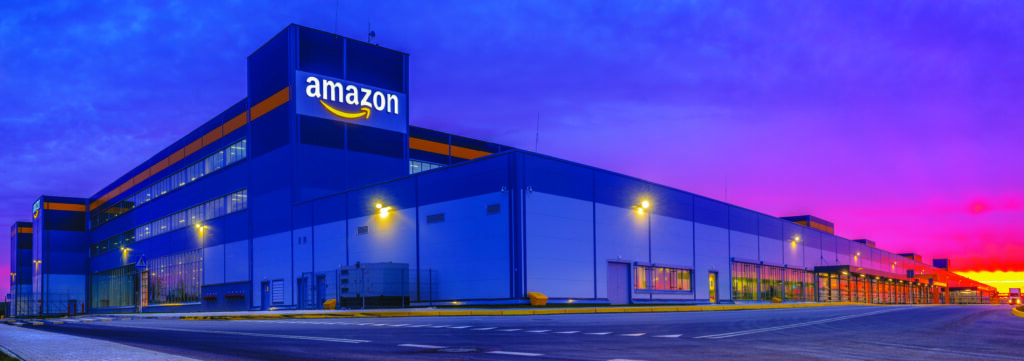
In 2022, the free freight within one day for Prime members, with no minimum purchase value, was expanded to more than 100 cities, and the freight within two working days to more than 1,000 cities. All other cities in Brazil have free Prime shipping within three days on items shipped by Amazon. The expansion of Prime’s fast deliveries came accompanied by the announcement of the launch of same-day delivery in the cities of Rio de Janeiro, Belo Horizonte, Barueri, Osasco, and Guarulhos. This delivery option previously available only for the city of São Paulo is valid for purchases made by 12pm the same day in these cities and is applicable to selected items.
What about the logistic programs?
DM – We have three main logistics programs for partner sellers: FBA – Amazon Logistics, International Sales, and DBA – Delivery by Amazon. They are part of Amazon’s initiatives to bring the small and medium entrepreneur geographic expansion for shipping products. FBA – Logistics by Amazon, also known in other countries as Fullfilment by Amazon, was launched in December 2020, and allows everything from product storage and packaging to shipping and customer service, all done by Amazon, from one of our distribution centers. With this, our products become eligible for free expedited shipping for Amazon Prime members with no minimum purchase amount, while other customers can take advantage of free shipping for purchases over $99 on books and over $149 for other items.
In late 2021 we launched DBA – Delivery by Amazon, available to partner sellers allocated in more than 1,000 Brazilian cities, 10 states – Paraná, Rio de Janeiro, Minas Gerais, Rio Grande do Sul, Santa Catarina, Pernambuco, Espírito Santo, Ceará, Bahia and Mato Grosso – and the Federal District. Orders are 100% trackable by customers.
The sales partner also counts on the entire logistics infrastructure of Amazon United States for storage and delivery of products in other countries and assistance in all stages of the sales process and freight with the International Sales program, which provides an opportunity for sales partners in Brazil to internationalize their business.

What are the retail trends for the coming years?
DM – I see two strongest trends. The first will be the transformation of the journey, which will not go through the websites and apps of retailers and marketplaces as we see today, but will start wherever the customer is and wherever they spend their time. Be it watching videos, watching sports, hanging out with the family, on social media, wherever the need to buy happens. The second will be continuous innovations to meet customer needs so that the digital experience can complement the physical purchase by allowing you to understand more about the product, what other customers thought of it, simulate its use, watch videos, 3D or virtual reality experiences, for example.
The online channel should not be seen as an extension of the offline one, but as a different channel, where marketing, packaging, pricing, logistics, and after-sales support must follow an increasingly demanding standard of a consumer who is every day more accustomed to being well-served.
What are the factors that make the brand successful?
DM – At Amazon we are globally guided by four principles: obsession for the customer, passion for invention, commitment to operational excellence and long-term thinking. Our focus is on building a sustainable virtuous circle around customers’ ongoing needs, such as price, selection, and convenience – here we mean not only the convenience of shopping without leaving home, but also fast and reliable delivery.
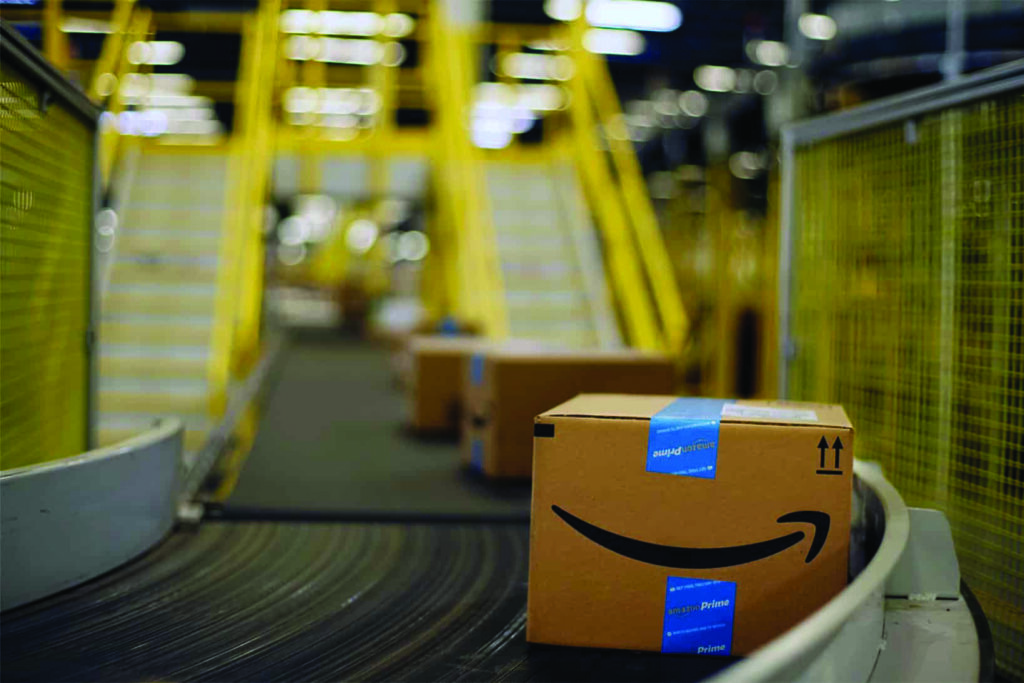
We consider many factors when choosing the search results to present to customers, including their behavior on our sites and apps – what they have frequently bought or searched for in the last few days, for example. This drives item information such as the title, price, and description. Availability and speed of delivery also count – from which offer they would get what they are looking for faster. It is attention to details like these that make the customer delighted and return to the site.
Our service is always ready to find the best solution for them. We extend the “A to Z” guarantee to all purchases on our site, including from partner sellers, and we use customer experiences to base dozens of projects each week to solve their problems. The biggest example is the Amazon Prime benefits program, which is designed to make members’ lives easier, more convenient, and more fun.

Will the company expand its operations in Brazil?
DM – We have been expanding our retail operation in Brazil. From three years ago, we went from one to 12 distribution centers. We have also expanded logistics programs for partner sellers and we use FBA – Amazon Logistics, in which we make our own operational and logistics infrastructure available in conjunction with partner carriers to deliver throughout the country. The improvement in the quality of logistics from when we launched in Brazil to today is gigantic. If in the past we had a very large dependence on the Post Office, today we have dozens of logistics partners that help us deliver faster. This improvement came with the need of the digital customer, the accelerated expansion and increase of digital retail in Brazil, and the creation and expansion of logistics companies in the country.
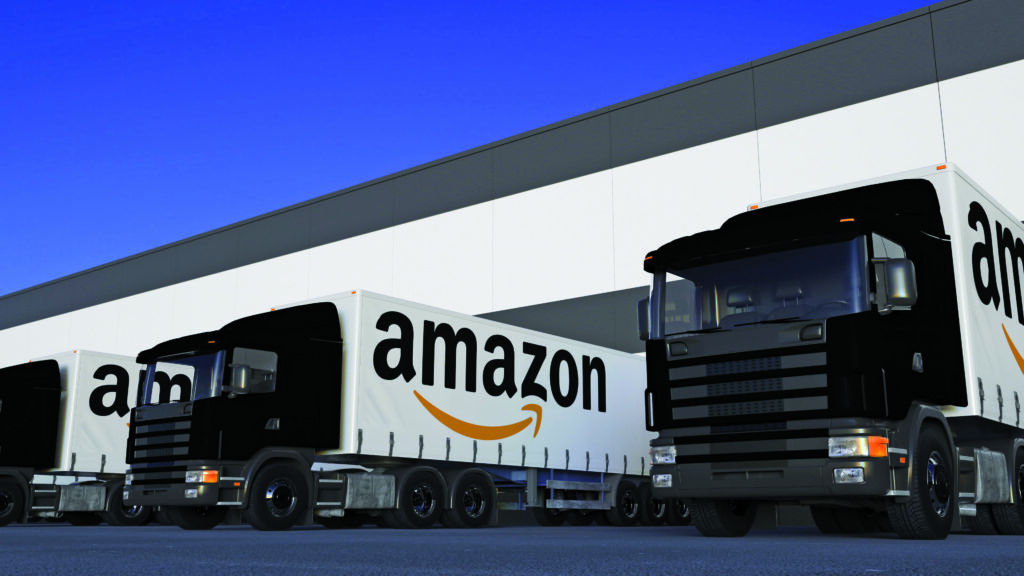
Looking at the long term, we need to expand the infrastructure, because there is a maximum capacity that our roads and airports can serve today, improve the technology so that deliveries are increasingly optimized, and continue to develop partners in Brazil. A very important aspect of this challenge is sustainability because logistics efficiency must translate not only into greater financial efficiency, but also less impact on the environment. Amazon cofounded The Climate Pledge, becoming the first signatory, and has set the goal of meeting the Paris Agreement 10 years early and reducing its net carbon footprint by 2040.
At Amazon Brazil, we continually listen to employees to improve our training and development programs. We invest in them learning new skills. We work on internally co-created improvement models to understand their suggestions and recommendations. Thus, we create more inclusive and smarter work environments. Operating in a country the size of Brazil, the challenge is certainly to unify the experience, and this includes logistics.
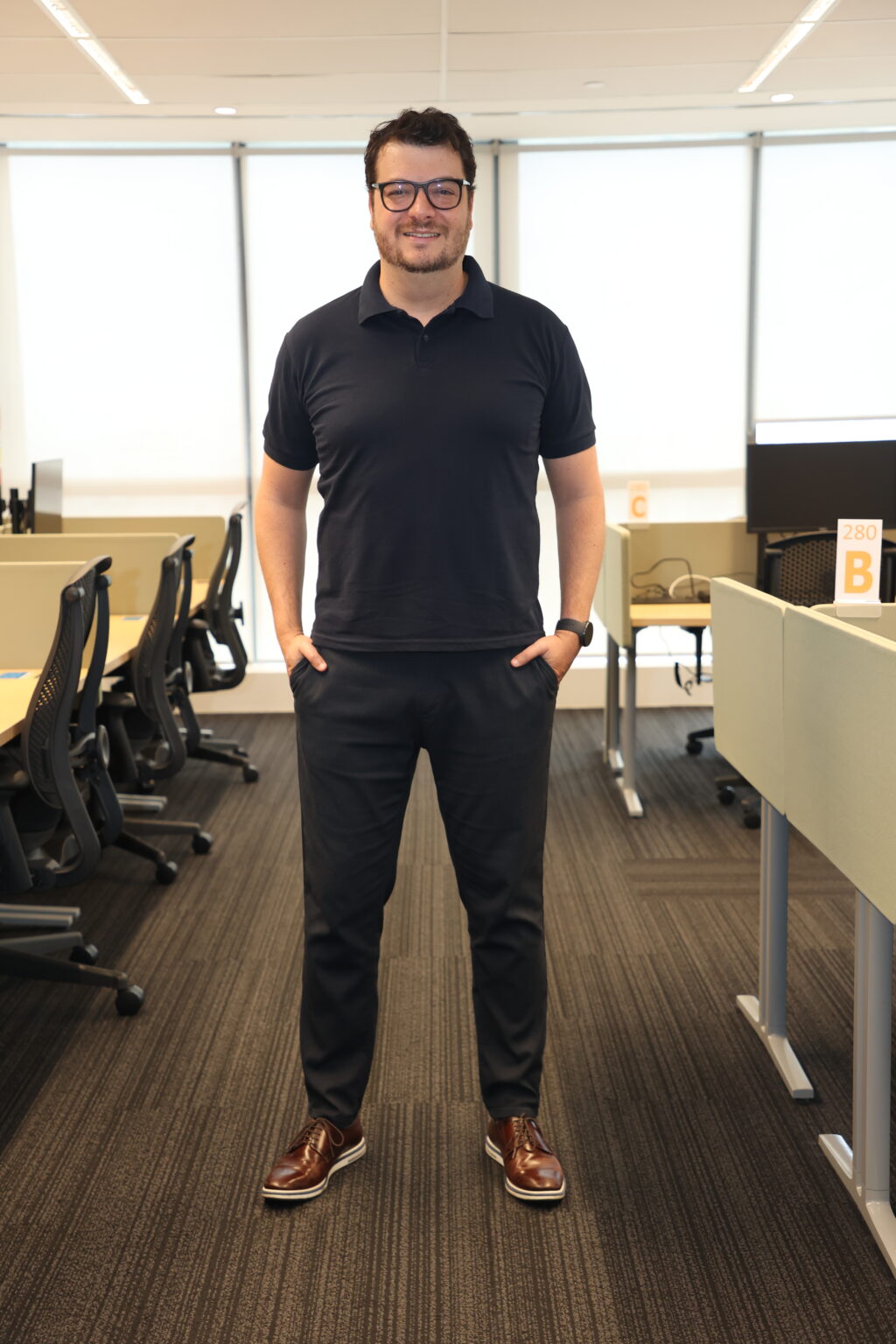
What challenges await physical and online retailers?
DM – The last two years have accelerated the adoption curve of internet shopping. We have seen customers buying online for the first time and keeping this consumption model. We also saw new categories gaining more relevance in e-commerce. The expansion of markets, of the number of consumers, and of new technologies in digital shows how necessary complete experiences are, and the goal is to ensure that the consumer identifies with the brand, finds what he or she needs without wasting time, and receives the product as he or she wants it.
“At Amazon Brazil, we continually listen to employees to improve our training and development programs.“
Source: Eletrolar News #150


